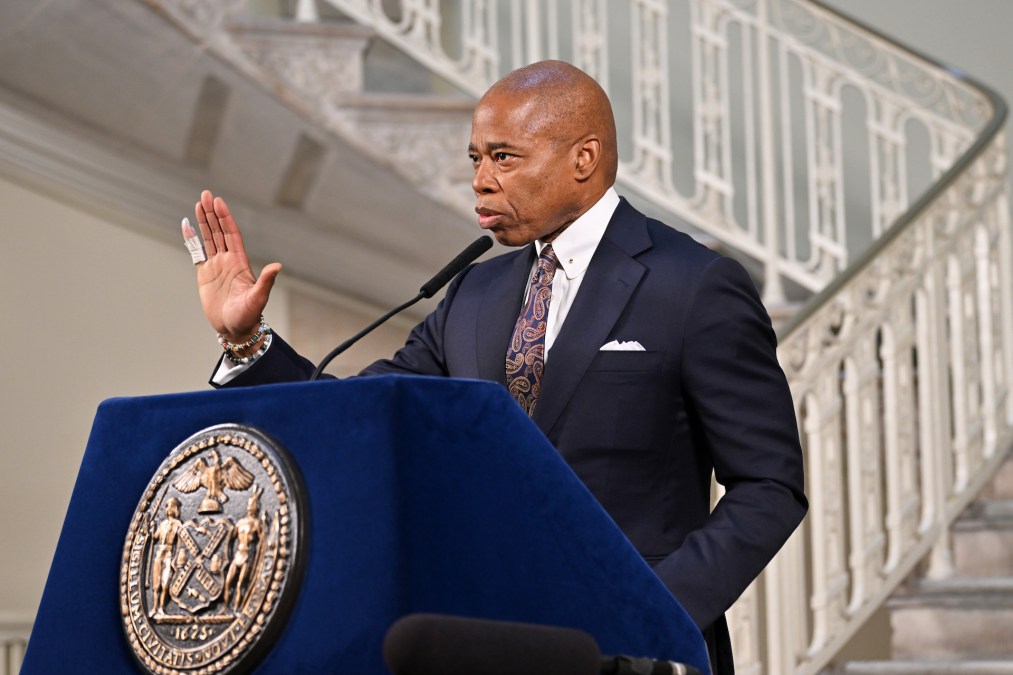New York mayor makes management reports interactive

New York Mayor Eric Adams’ administration last week published its first edition of a biannual management report, which charts the performance of various city agencies and programs, by making the document interactive for the first time.
The Dynamic Mayor’s Management Report, as the mayor’s office called it, is an update to the Mayor’s Management Report, which New York City’s chief executive is required to release twice a year. Unlike previous versions, which have been released as static, text-based documents, Adams’ office said the interactive report can be updated regularly and give New Yorkers easier routes to looking up city data.
“When it comes to city government, we need to put in place real-time systems to inspect what we expect, tracking how well we’re delivering services to New Yorkers and identifying areas we need to improve,” Adams said at a press conference last week.
The management report features pages for dozens of city agencies, each featuring sections listing various performance metrics, like response times for New York’s 311 line, or accessibility to green space for the Department of Parks and Recreation.
Only two policy initiatives are featured currently: The city’s COVID-19 response, though none of the information added so far appears to be interactive, and “Vision Zero,” a program nominally aimed at eliminating traffic fatalities, which actually increased in New York by 33% from 2018 to 2021.
The mayor also signed an executive order directing every agency to appoint a chief performance officer, who’ll be in charge of developing performance metrics and using data tools to measure those numbers, and formalizing his creation of a new citywide position of chief efficiency officer.
Adams last December said he would be appointing Melanie La Rocca, a former city buildings chief, to the new role, but its duties had not been defined until now. According to Adams’ order, La Rocca will be tasked with “developing updated metrics to improve government transparency, performance and accountability” and “identifying opportunities to reduce regulations and streamline business processes.”






